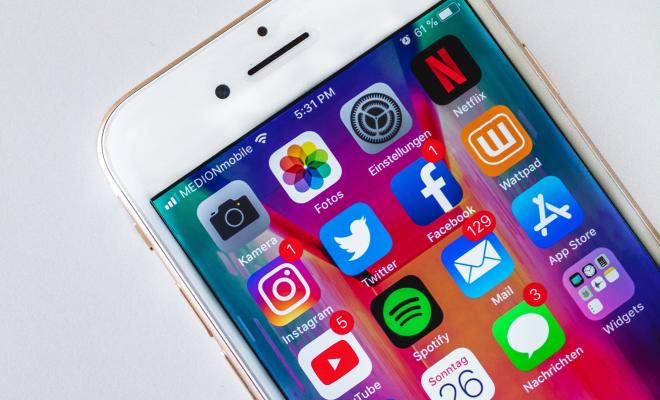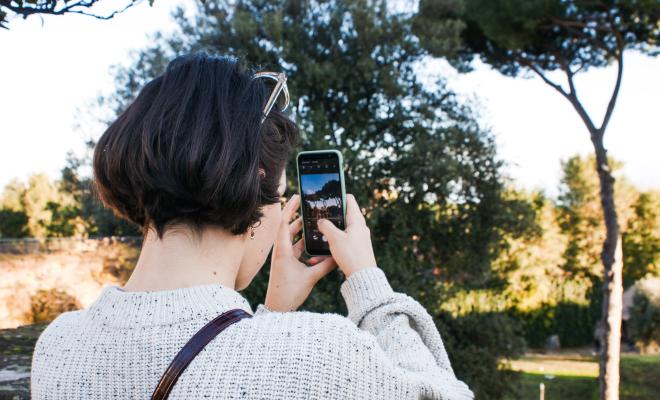03 Dec 2025
Speak to local media contacts
Local news teams tend to be small, and journalists will cover a wide range of different topics. Go through the pages of your local newspaper, and find the names of reporters who have covered similar areas before. You can phone the news desks to ask for their phone numbers or email addresses. It’s a good idea to compile a list of journalists' phone numbers, email addresses and where they work which you can use if you have a story you want to share.
If you think you have a story to share but aren’t sure whether it's newsworthy, the best thing to do is to send an email to pitch it to a friendly journalist and see what they say. This is particularly good for sharing small local interest stories, such as if your group has reached a new milestone, or launched a new action.
Send a press release
A press release is a written statement which you send to journalists with some new information and a quote from your spokesperson in it, which the reporter will then use to write into a news story.
It might be to announce a campaign win or development, share the news of a public event or sometimes to react to something which has just happened externally. Collaborating with partners and jointly sending a press release can be a good way to showcase different perspectives on the campaign and build your relationship with other local groups.
If you send a press release, be prepared for journalists to call you asking for interviews or more information. Check out our tips for preparing for an interview below.
Write a letter to the editor
Letters pages are among the most read pages of local newspapers, so it’s a great way to reach a wide audience.
Try to send your response either the same day or the following day to the article you’re responding to, and clearly reference the article. Keep your letter brief and to the point (anything over 200 words is less likely to be printed) and try to bring a new angle or idea to the debate. If you can do it with a bit of humour, editors will be grateful!
Always include your full name, address and phone number in your submission. These won’t be printed, but the newspaper may call to confirm a detail with you.
Could it be a national story?
If you think your story could be relevant for people across the UK or impact a lot of people, contact the Friends of the Earth media team. We may be able to help the story get coverage nationally, assist with spokesperson training or advise you on what to do next.
Email the team at [email protected], or call on 020 7566 1649 during office hours, or 07718 394 786 out of hours.
Submitting comments to media
Sometimes a journalist will get in touch with you to ask for a comment from you about a breaking news story, which can be a fantastic opportunity to get your message across. It’s worth remembering that journalists are usually working to very short deadlines, so responding to them quickly to confirm that you’ve received it and asking what the deadline is can go a long way to building that relationship.
Here are some top tips for writing a media comment:
- Keep it short and sweet. Journalists will rarely use more than one or two sentences in their articles, and often as little as a couple of words, so try to pack your message in as succinctly as possible.
- Use conversational language. Explain your point in terms you would use with a friend.
- Have a clear and unique view. You don’t have to resort to hyperbole, but you should have a clear opinion on what this means for the environment or your campaign.
- Say what should happen next. If relevant, this comment is your opportunity to promote your campaign by saying what should happen next to improve the situation.
Important: it’s much better to say "no" if the request isn’t relevant, isn’t something you know much about, or isn’t something you feel will reflect well on your campaign. You could signpost to another local group that work more closely on the issue.
Preparing for an interview
Occasionally you might get asked for an interview instead. This might sound scary, but with a little bit of preparation it’s nothing to worry about, and a great opportunity to communicate your campaign.
To make sure you have all the information you need to prepare for your interview, here are a few useful questions to ask the reporter or producer in advance:
- Will it be broadcast live or pre-recorded?
- Where does the spokesperson need to be, and when? How long will the interview be?
- Who's the presenter?
- What's the broad line of questioning, and can you send it to me in advance?
- Are there other guests? If so, who? What position are the other guests expected to take?
- Will there be questions from callers?
- Who's the best contact on the day in case there are any problems?
Key messages
Once you’ve got all the information you need about the interview, you can prepare your key messages.
Your key messages are the 3 main points that you want to make in the interview in order to engage and inform your audience and promote your solution. Try to come up with examples for your campaign which achieve these 3 things:
1. Demonstrate shared values with your audience
If you’re trying to convince new people of your position, it’s always good to start your sentence with a statement which builds a bridge with your audience, eg "most people would agree that..." or "we all care deeply about..." or "everyone has a right to..."
For example, in an interview on increasing tree cover in the local area you might start by saying: "We can all agree that living in an area with trees nearby helps people feel happier and more connected to the natural world."
2. Clearly lay out what the problem is and what impact this problem has on people
For example: "Right now, this borough has one of the lowest rates of tree cover in the country, which leaves people cut off from nature and affects their quality of life."
For elections, you could say: "We're in a climate and ecological emergency, the biggest threat we’ve ever seen to humanity’s existence. The UK is also failing to build resilience to the worsening impacts of climate change, putting people at growing risk from extreme weather, health issues, food insecurity and more." [Add some local constituency stats using our State of the Environment tool]
3. Present a solution
This is important. Evidence suggests that messages which don’t include solutions actually make the audience fatalistic about the prospects of change, potentially turning them off from supporting you. We also suggest that you "emphasise design" whenever possible. That means explaining that the current situation was created by someone for a reason, and it can be re-designed to be better.
Example: "It doesn’t have to be like this. When the council invests in tree planting, and supports community groups to protect local green spaces, everyone is better off. As a start, the council should set a target to increase tree cover and engage the community in bringing nature back to our urban spaces."
5 points to remember
1. The phrase that pays
Come up with 1 great phrase ahead of time that illustrates with metaphors or bold language what you’d most like people to remember from your interview, then try to work it in as many times as possible. That way you won’t be trying to come up with phrases off the top of your head, and it gives the audience one memorable message to come away with.
2. Numbers and statistics
Listeners don’t generally connect very well to strings of numbers and statistics, so if you’re going to use them limit yourself to 1 or 2 headline figures.
You can make your numbers more relatable for people by using fractions rather than percentages, eg 1 in 10 people rather than 10%, or describing areas by comparing them to places rather than using square kilometres, e.g., an area the size of Wales.
It’s very important to be sure that your numbers are accurate before using them in an interview.
3. Tell stories
Stories are a brilliant way to get your message across and connect with audiences. This might be a story about something that’s happened to you, to someone you know, or a more general story that paints a vivid picture. Only share personal stories if you’re comfortable with them being in the public domain.
4. Plan for difficult questions
Spend a few minutes thinking of the questions that you wouldn’t want to get asked. That might be areas of your campaign that are commonly misunderstood or questioned, or areas of opposition. Think about what your responses or rebuttals might be and consider the technique below to help you bring the conversation back to where you want it.
5. Breathe, and smile!
Remember that you’ve been invited to speak about this subject because you have something useful or interesting to bring to the debate. Most interviewers will know very little about the subject before they start, so take a moment to breathe, smile, and enjoy the opportunity to inform people about something that you care about.
Dealing with difficult questions
If the presenter asks you an awkward or tangential question, just follow this simple rule to connect it to your key messages: acknowledge, bridge, close.
For example, they might ask: "In a time when council budgets are stretched so thin, why should council electoral candidates commit to spending infrastructure money on bike lanes?"
Acknowledge the concern: "We all know that councils are under a lot of financial pressure."
Bridge to your key message: "But every penny spent on limiting the effects of climate change now will save a lot more money down the road."
Close with your key message: "Bike lanes are an important and effective way to get people out of their cars and into active forms of transport, reducing their carbon footprint and helping people live greener, healthier lives."




